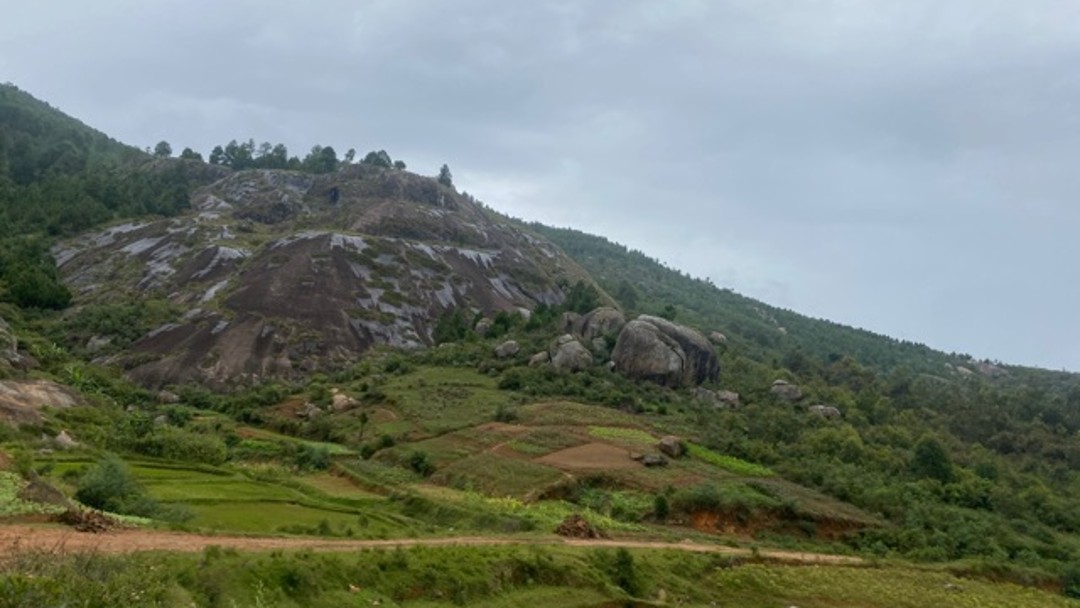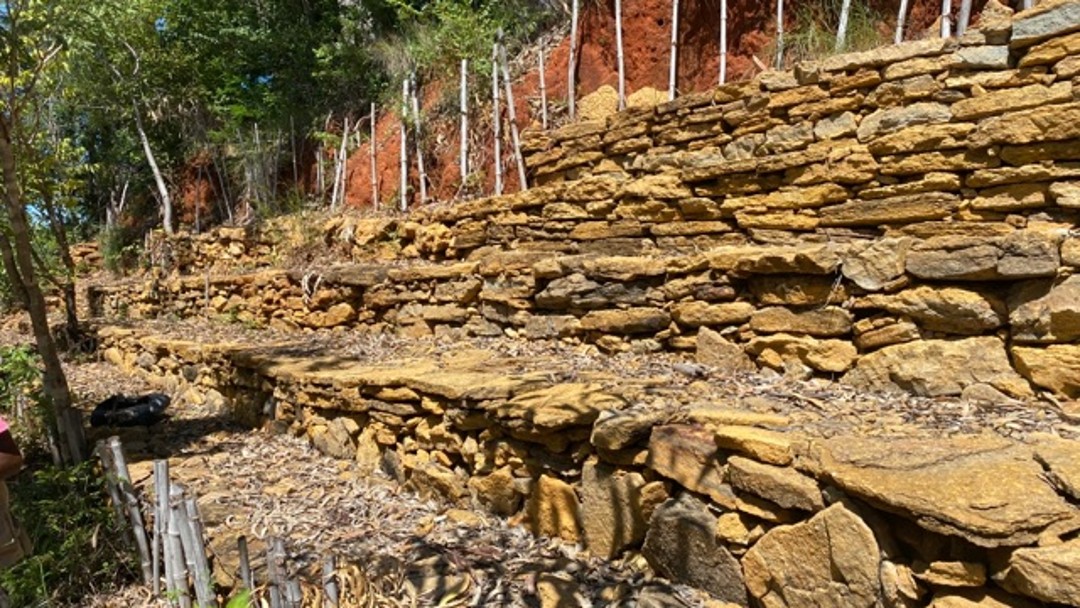
Madagascar suffers from devastating soil erosion, which makes it increasingly difficult to make a living from agriculture. Charcoal production and slash-and-burn farming threaten the remaining natural forests. A long-term, integrated KfW project establishes community forests, creates new sources of income and secures land rights.
Madagascar has a globally unique biodiversity, the richness of which forms an important basis of life for the people there. At the same time, there is extreme pressure on the country's natural resources. This is because the widespread poverty in Madagascar threatens the natural resources, making many families even poorer. Due to climate change, rainfall on the island is decreasing, which further reduces the income of the population. In addition, the population is growing by more than three percent a year - people are pushing nature back more and more. Two types of use in particular are endangering the forests: Slash-and-burn agriculture and unregulated logging, mainly for charcoal production. In slash-and-burn agriculture, natural forests are burnt down to gain land for agricultural production. But without fertilisation, the soils are soon depleted and new areas have to be cleared. The fallow fields are at the mercy of erosion.
Heating and cooking in Madagascar is mainly done with charcoal, even in the cities. The people in the countryside obtain it by charring wood from natural forests; this is an important contribution to their low income. Among other things, corruption contributes to keeping the price of charcoal low, so that the use of other energy sources does not pay off.
The extreme pressure on natural resources is reflected in increasing soil erosion. Degraded soils can already be found on 46% of the country's land area. Since the 1950s, seven million hectares of natural forests have been lost - yet they are home to a biodiversity that is unique in the world. While the forests in the highlands are disappearing, the fields in the lowlands are silting up.
On behalf of the German Federal Ministry for Economic Cooperation and Development (BMZ), KfW is financing a project that uses several approaches to slow down soil degradation and deforestation.

In addition to small-scale afforestation, it is above all the establishment of community forests that makes larger afforestation and protection areas possible. These serve to restore ecosystem functions and at the same time create the preconditions for sustainable local wood supply. Community forests thus generate sustainable income for the local population. Erosion control and agroforestry measures on existing agricultural and degraded land help to improve soils and livelihoods of the population. Community grazing management with pastoralists reduces the risk of bushfires and prevents conflicts. Last but not least, land use plans are developed with the communities and land use rights that previously existed only informally are formally secured. This motivates many families to participate in the establishment of community forests.
The project has been in existence since 1998, with a total of six phases financed by KfW on behalf of the German Federal Government with a total of EUR 48 million, of which EUR 15 million is allocated to the current, sixth phase, which is expected to run until 2027.
The project is implemented by a consultant, a local coordinator from the Ministry of Agriculture, the local communities and several non-governmental organisations. Progress is also monitored by satellite.
The sustainable management of land in the communities participating in the project contributes to the restoration of tree-rich landscapes, sustainable timber production and erosion control. New sources of income are created through the use of community forests for the production of sustainably produced charcoal, the extraction of own seeds and the project's work activities, such as the breeding and planting of seedlings.
Abandoned fields, which were used extensively as pastures and were often overused, are given new life: they are enriched with new grass species and protected from further erosion with hedges and rows of trees.
All measures are coordinated with the participating communities and recorded in a land use plan. This also provides the basis for securing land rights. The project exemplifies in the selected regions how biodiversity can be protected and how the sustainable use of natural resources can succeed.
Share page
To share the content of this page with your network, click on one of the icons below.
Note on data protection: When you share content, your personal data is transferred to the selected network.
Data protection
Alternatively, you can also copy the short link: https://www.kfw-entwicklungsbank.de/s/enzBshQQ
Copy link Link copied